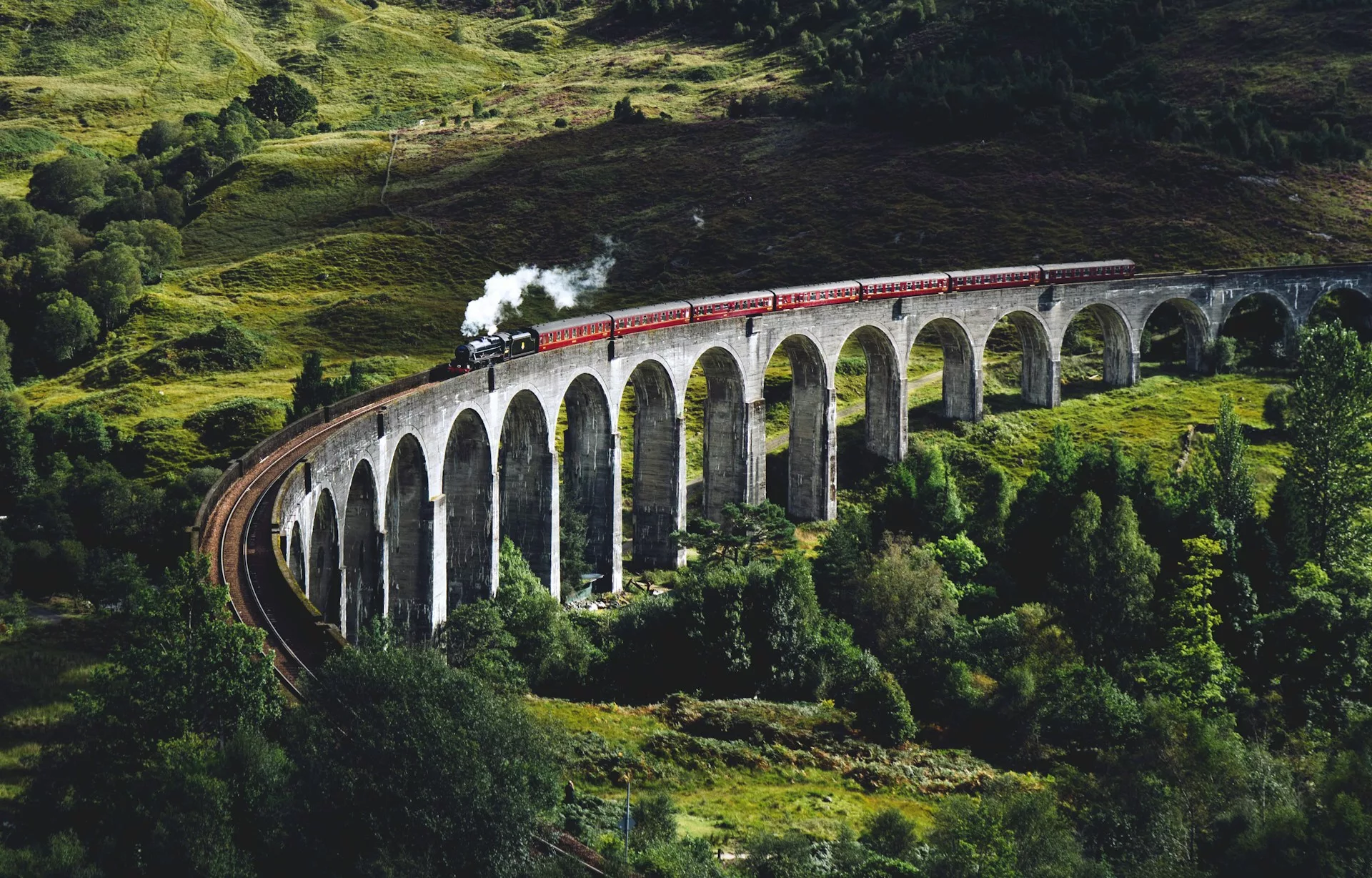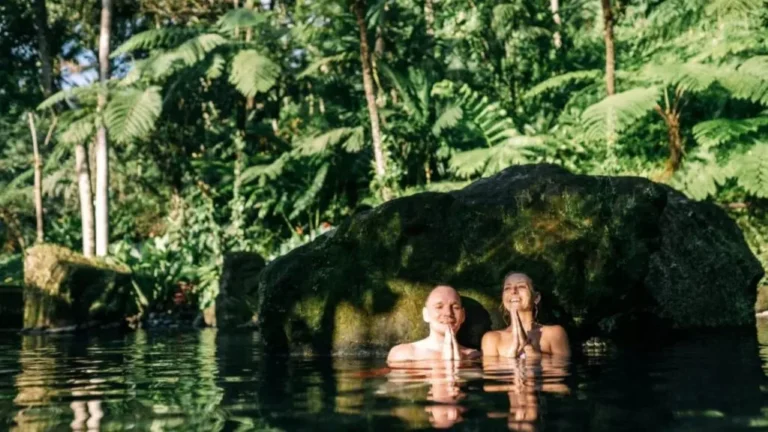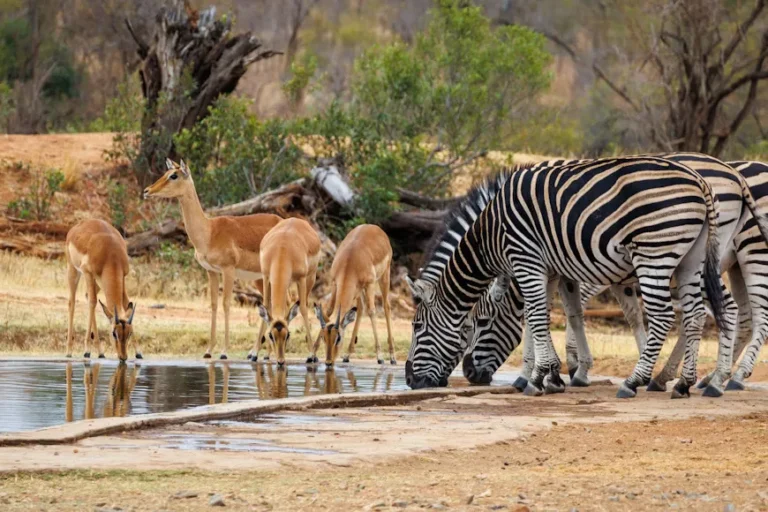Is Scotland the world’s most dramatic country?
Few places deliver drama quite like the Scottish Highlands. Jagged peaks and sweeping valleys roll across the landscape like nature’s own theatre, while deep, inky lochs reflect skies in constant motion. The Highlands aren’t gentle—they’re rugged, raw, and wildly atmospheric.

Scottish Highlands/Niklas Weiss/Unsplash
Places like Glen Coe, with its steep, glacial valleys and tragic history, evoke a quiet intensity. You don’t just see it—you feel it. The silence hums with memory. The brooding presence of Ben Nevis, Britain’s highest mountain, towers above the town of Fort William like a sentinel watching over centuries.
Whether you’re driving the winding roads of the North Coast 500 or hiking through the Cairngorms, every turn feels like a cinematic reveal.
Castles of shadow and stone

Dunnottar Castle/John Roberts/Unsplash
Scotland’s castles are not your picture-perfect Disney towers. These are structures born of war, isolation, and endurance. They don’t shimmer—they loom.
Take Dunnottar Castle, clinging to a rocky promontory above the North Sea. Its wind-battered walls and lonely ruins seem to defy time itself. Then there’s Eilean Donan, rising from its tidal island where three lochs meet—so photogenic it almost feels unreal, especially when shrouded in morning mist.
Edinburgh Castle commands the capital from its volcanic perch, while Urquhart Castle keeps silent watch over Loch Ness, haunted by legends and loch monsters alike. These castles are mood boards of stone—each one a character in Scotland’s centuries-old drama.
Isles of Mystery: Skye, Orkney, and the Outer Hebrides

Ornkey Islands/Maxwell Andrews/Unsplash
Each island chain in Scotland feels like a self-contained world—more remote, more rugged, more elemental.
The Isle of Skye may be the most famous, and with good reason. From the serrated Cuillin Ridge to the towering rock formations of the Quiraing and the Old Man of Storr, Skye looks like it was pulled from a fantasy novel. Here, waterfalls tumble off cliffs into the sea, and clouds cast racing shadows over moor and mountain.
Further north, the Orkney Islands reveal a different kind of drama—one of time. Ancient stone circles like the Ring of Brodgar predate Stonehenge, and Neolithic dwellings like Skara Brae seem preserved by the sea itself.
In the Outer Hebrides, you find solitude on sweeping beaches like Luskentyre, where the Atlantic meets white sand and aquamarine water under a silver sky. These are places for people who want the feeling of standing at the edge of the world.
ALSO READ: Best airlines for international travel — and why travellers choose them
Weather that paints its own picture

Eilean Donan Castle, Scotland/Crawford Jolly/Unsplash
In most countries, the weather is a footnote. In Scotland, it’s a co-star. The skies here are wildly expressive. One minute you’re basking in golden light, the next you’re being slapped sideways by icy rain. And then—a rainbow arcs over a glen, and all is forgotten.
This meteorological moodiness is part of the country’s charm. It gives the landscape texture and unpredictability. Photographers chase the light here like storm hunters, and writers revel in metaphors. The weather doesn’t just colour the land; it gives it personality.
Legends that linger in the mist

Loch Ness, Scotland/Ramon Vloon/Unsplash
It’s no wonder Scotland is a land of myth. Its landscapes feel otherworldly, and its stories are stitched into the soil. You don’t stand by Loch Ness without wondering what swims beneath. Loch Ness is best known for the legendary “Nessie,” the elusive creature said to dwell in its dark waters—one of the world’s most enduring cryptozoological mysteries. You don’t hike the Fairy Glen without half expecting something magical to stir.
From kelpies to selkies, from battles of ancient clans to tales of Jacobite rebellions, the history here is thick with drama. And it’s not just the stuff of legend—there’s a cultural memory alive in every village, in every pub, in every weathered stone.
Even the animals add to the mystique: Highland cows with their shaggy fringes look like old souls, and red deer roaming the hills feel like symbols of something wilder, older, and untamed.
Scotland on screen: Landscapes that steal the show

Glen Etive/Stephan Boehme/Unsplash
You don’t need to visit Scotland to have seen it. Its scenery has starred in Outlander, Harry Potter, Skyfall, Braveheart, and even Game of Thrones. Glen Etive is now known as “Skyfall Road” after Bond sped through it in a silver Aston Martin. The Glenfinnan Viaduct—yes, the one the Hogwarts Express crosses—has become a pilgrimage site for Potterheads. Doune Castle stands in for multiple TV and film castles, and the sweeping Quiraing ridge is a favourite for aerial drone shots across genres.
Scotland is not just a setting—it’s a character. And like all great characters, it evolves with every visit.
So, is Scotland the most dramatic country?

Glenfinnan Viaduct, Glenfinnan/Jack Anstey/Unsplash
The evidence stacks as high as its peaks. It’s in the terrain—untamed, unscripted, and filled with contrasts. The architecture—castles weathered by time, standing proud against the elements. The weather plays mood music to the scenes unfolding around you.
And it’s in the stories—woven from history, myth, and imagination.
If you’re seeking travel that feels like poetry, legend, and theatre all in one, Scotland may very well be your most unforgettable destination yet.
Follow us on social media for more travel news, inspiration, and guides. You can also tag us to be featured.
TikTok | Instagram | Facebook | Twitter
ALSO READ: Top 9 things to do in the World’s Best City
Moving to Kenya Watch this





